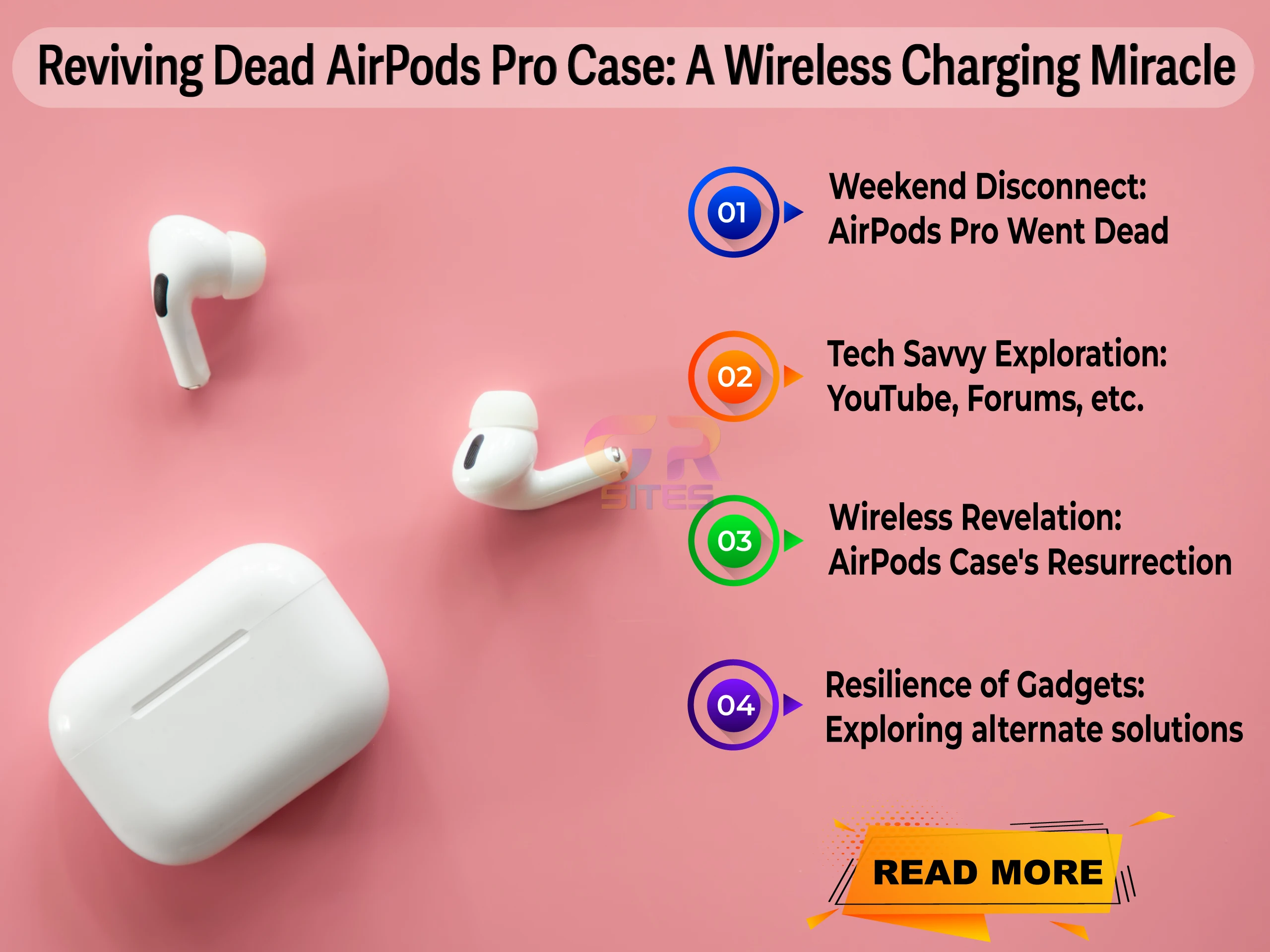The never-ending onslaught of spam calls has become a universal nuisance for mobile phone users in India, with financial scammers, marketing agencies, and solicitors engulfing individuals with unwanted calls at all hours. In response to this growing concern, the Telecom Regulatory Authority of India (TRAI) has unveiled a groundbreaking proposal aimed at curbing spam calls and enhancing user protection. This article delves into TRAI's innovative Calling Name Presentation (CNAP) rule, its potential implications, and the critical need for effective implementation to combat the spam calls menace effectively.
Understanding the Spam Calls Menace
Spam calls have proliferated across India, posing significant challenges for mobile phone users. Key insights include:
- Rising Incidents of Spam Calls: The frequency of spam calls continues to escalate, disrupting individuals' daily lives and eroding trust in telecommunications services.
- Financial Scams and Identity Theft: Spam calls often serve as conduits for financial scams and identity theft, with fraudsters impersonating legitimate entities to deceive unsuspecting victims.
- User Frustration and Inconvenience: Persistent spam calls contribute to user frustration, compromising privacy and undermining the credibility of legitimate businesses and organizations.
Introducing TRAI's CNAP Proposal
TRAI's CNAP proposal represents a proactive measure to address the spam calls menace and protect users from fraudulent activities. Key features of the proposal include:
- Caller Identification: Telecom companies will be mandated to display callers' names based on their Know Your Customer (KYC) registration data, providing users with valuable information about incoming calls.
- Telemarketer Identification: Telemarketers' names will be presented to called parties, enabling users to distinguish between legitimate callers and solicitors.
- Enhanced User Protection: CNAP aims to empower users with greater control over their communication experiences, reducing the risk of falling victim to financial scams and identity theft.
Ensuring Effective Implementation
While TRAI's CNAP proposal holds promise in mitigating the spam calls menace, the effectiveness of its implementation remains paramount. Key considerations include:
- Enforcement Mechanisms: TRAI must institute robust enforcement mechanisms to ensure compliance from telecom operators and telemarketers.
- Financial Penalties: Imposing hefty financial penalties on non-compliant entities incentivizes adherence to CNAP regulations and underscores the seriousness of spam call mitigation efforts.
- Public Awareness Campaigns: Educating users about the CNAP initiative enhances awareness and promotes active participation in reporting spam calls, fostering a collaborative approach to combating the menace.
Conclusion
TRAI's CNAP proposal represents a significant step forward in addressing the pervasive issue of spam calls in India. By mandating caller and telemarketer identification, CNAP empowers users with greater transparency and control over their communication experiences, thereby safeguarding against financial scams and identity theft. However, the success of CNAP hinges on effective implementation strategies, robust enforcement mechanisms, and proactive public engagement. As we look towards a future free from spam calls, let us advocate for stringent measures and collaborative efforts to realize TRAI's vision of a safer and more secure telecommunications landscape for all.
What are your thoughts on TRAI's CNAP proposal? How do you envision its impact on reducing spam calls and protecting user privacy? Share your insights and join the conversation on combating the spam calls menace in India.


